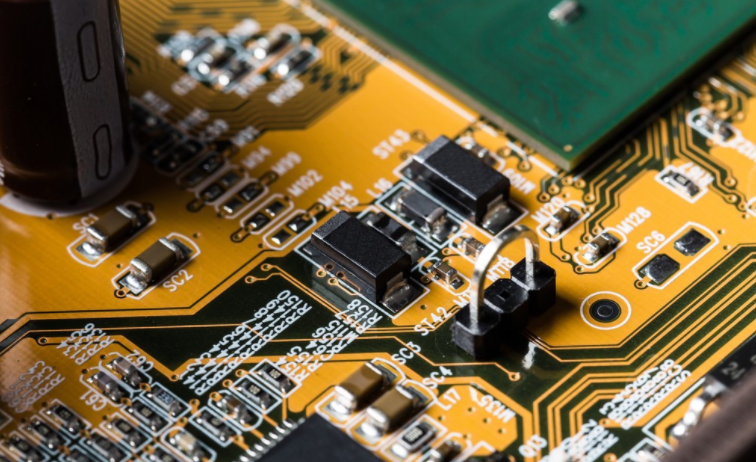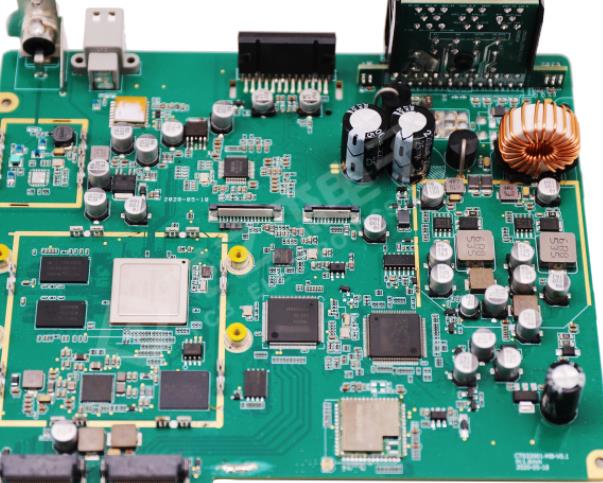
Selection of components in SMT Wafer Processing
The selection and design of surface mount components is a key part of product design The designer determines the power effICiency and function of components in the system structure and detaiLED circuit design phase In the SMT design stage, it shall be based on the specific conditions and overall conditions of equipment and process The design requirements determine the packaging form and structure of surface mount assemblies The surface mounted solder joint is both a mechanical connection point and an electrical connection point Reasonable selection will improve PCB design density, productivity, testability and reliability
There is no difference in functionality between surface mount components and plug-in components The difference lies in the packaging of components Surface mounted packaging must be able to withstand high temperatures during welding,
Circuit board

Its components and base plate must have matching thermal expansion coefficient These factors must be fully considered in product design
The main advantages of choosing the right package are:
1). Effectively save PCB area;
2). Provide better power efficiency;
3). Protect the interior of the component from environmental influences, such as humidity;
4). Provide good communication links;
5). It helps heat dissipation and facilitates transmission and testing.
Selection of surface mounted components
Surface mount components fall into two categories: active and passive. According to the shape of the pin, it can be divided into gull airfoil and "J" type. The following describes the selection of components in this category.
Passive component
Passive components mainly include monolithic ceramic capacitors, tantalum capacitors and thick film resistors, which are rectangular or cylindrical in shape. The cylindrical passive component is called "MELF". They roll easily when reflow soldering. Special liner designs are required and should generally be avoided. Rectangular passive components are called "chip" chip components. They are SMAll in size, light in weight, resistant to microbial shock and impact, and low in parasitic loss. It is widely used in various electronic products. In order to obtain good solderability, electroplated nickel barrier must be selected.
Active equipment
There are two main types of surface mount wafer carriers: ceramics and plastics
The advantages of ceramIC chip packaging are: 1) good air tightness and good protection of internal structure; 2) SMS signal path, significantly improving parasitic parameters, noise and delay characteristics; 3) reduced power consumption. The disadvantage is that because lead-free absorbs the stress generated during solder paste melting, the mismatch of thermal expansion coefficient between package and substrate will lead to solder joint cracking during welding. The most commonly used ceramic chip carrier is lead-free ceramic chip carrier LCCC.
Plastic packaging is widely used in the production of military and civilian products, with good cost performance. The packaging forms are divided into: small outline transistor SOT; Small integrated circuit SOIC; Plastic packaging lead chip carrier; Small outline J package; Plastic flat packaging PQFP.
In order to effectively reduce PCB boards, SOICs with pin numbers less than 20 and PLCCs with pin numbers between 20 and 84 are preferred to PQFPs with pin numbers greater than 84 when the device functions and performance are the same








